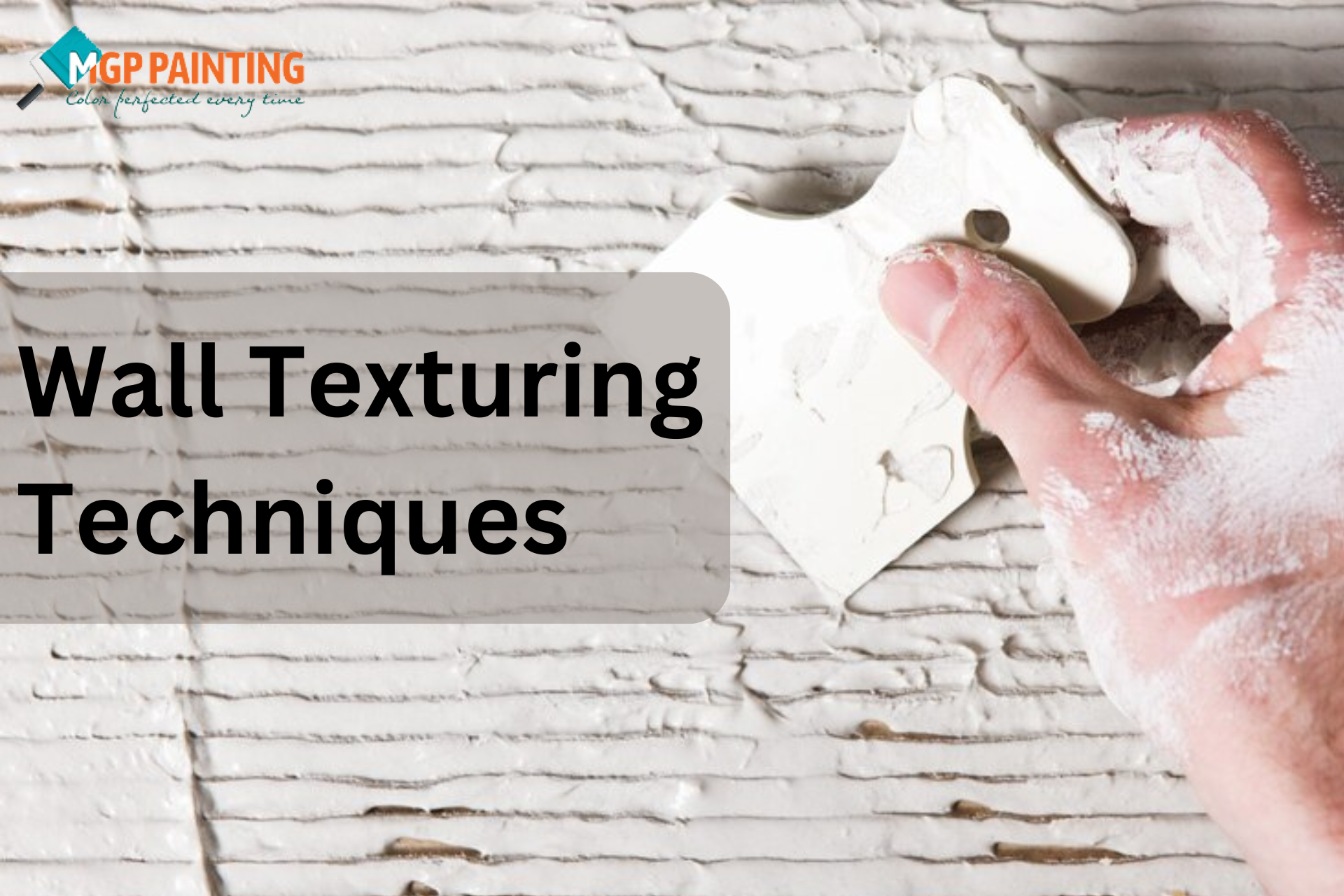Wall Texturing Techniques for Beginners in Bergen County, NJ
Adding texture to walls is a simple yet transformative way to enhance your home’s interior design. For beginners in Bergen County, NJ, starting with easy wall texturing techniques can make the process manageable and rewarding.
This guide introduces beginner-friendly methods like spray texturing, lace patterns, and slap-brush techniques, perfect for homeowners who want to personalize their walls without professional help.
Why Start with Wall Texturing?
Wall texturing doesn’t just elevate a room’s aesthetic. It also helps conceal imperfections and adds depth. Whether you’re modernizing your living room or giving a rustic charm to a bedroom, these techniques are a great place to start.
Beginner-Friendly Wall Texturing Methods
1. Spray Texturing
Spray texturing is one of the easiest methods for beginners. Using a wall texture spray gun, you can achieve consistent results quickly.
- Steps:
- Mix texture compound with water to achieve the right consistency.
- Fill the spray gun and test on a scrap surface.
- Spray the texture evenly, moving in overlapping patterns.
- Allow the texture to dry before painting.
- Ideal For: Large areas and creating orange peel or popcorn textures.
- Pro Tip: If you want professional-level spray texturing results, consider reaching out to a trusted Bergen County painting service for help.
2. Lace Patterns
Lace texturing adds a sophisticated, intricate design to walls.
- Steps:
- Apply a thin base layer of texture compound with a trowel.
- Use a lace drywall texture brush or stencil to create patterns.
- Smooth over lightly with a trowel for a raised yet seamless effect.
- Ideal For: Bedrooms, dining rooms, and accent walls.
3. Slap-Brush Technique
The slap-brush method is fun, creative, and perfect for beginners.
- Steps:
- Dip a stiff-bristled brush into a thick texture compound.
- Slap the brush against the wall in random or circular motions.
- Repeat until the entire surface is covered.
- Ideal For: Adding a rustic or dramatic effect to any room.
Tools and Materials You’ll Need
- Wall Texture Spray Gun: For even and quick application.
- Drywall Compound: The primary material for creating textures.
- Brushes: Stiff-bristled and lace pattern brushes for various effects.
- Trowel or Knife: To smooth and shape textures.
Pro Tip: Explore various texturing methods for walls to find a style that fits your home’s aesthetic.
Tips for Success
- Practice First: Use a piece of cardboard or scrap drywall to perfect your technique before working on actual walls.
- Start Small: Begin with a single wall or small room to build confidence.
- Work in Sections: Focus on one area at a time to maintain consistency.
Wall Texture Spray Types for Beginners
Spray texturing can vary based on the nozzle and compound mix. Here are some common types:
- Orange Peel Texture: Subtle and modern, great for living spaces.
- Popcorn Texture: Retro-style, ideal for ceilings.
- Knockdown Texture: A versatile option for any room.
Learn more about the importance of wall texture for your home.
Conclusion
Wall texturing is an accessible and cost-effective way to enhance your home’s look. With beginner-friendly techniques like spray texturing, lace patterns, and slap-brush methods, Bergen County homeowners can achieve professional results on their own.
Ready to start? Explore various texturing methods for walls for more insights!

